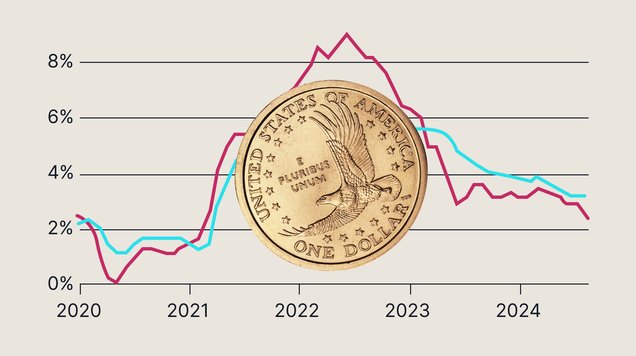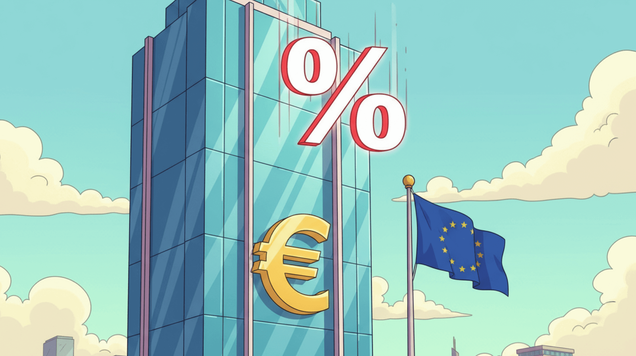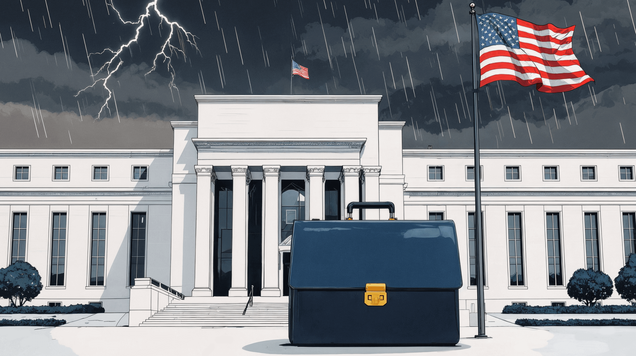Crypto outlook Q3 2025
The crypto market enters Q3 2025 with strong institutional inflows, regulatory clarity, and improving global liquidity, supporting Bitcoin’s uptrend and setting the stage for altcoin recovery.

Bitcoin holds above $108K, with potential to reach $130K–$135K as ETF inflows and liquidity improve.
U.S. crypto policy shifts under Trump boost sentiment, including deregulation and enforcement pauses.
Altcoins lag Bitcoin for now, but signs of a future alt season are emerging as market cap and liquidity rise.
Crypto outlook lifted by investors and policy clarity
The cryptocurrency market in Q3 2025 is set for significant developments, with momentum building around institutional adoption, regulatory evolution and improving global liquidity conditions.
Bitcoin stable as altcoins show potential
Bitcoin remains the cornerstone of the market, with its price trajectory closely tied to ETF inflows and macroeconomic conditions. Altcoins, including Ethereum (ETH), Solana (SOL), Cardano (ADA) and Binance Coin (BNB) are showing growth potential, particularly if an altcoin cycle gains momentum in the coming months.
Bitcoin is trading around $108,000, marking a 15.69% gain year to date and a 95.73% increase over the past 12 months. This reflects a resilient uptrend following a mid-June retest of key support at $98,198. Given the current trend, Bitcoin could climb to $130,000–$135,000 during the third quarter.
Corporate adoption continues to grow. In June, US investor Anthony Pompliano launched ProCap BTC, a Bitcoin treasury vehicle expected to hold up to $1 billion in BTC. It will merge with Columbus Circle Capital I, a SPAC, to form ProCap Financial, which reflects growing institutional interest in holding Bitcoin on balance sheets.
Geopolitically, Vietnam's move to legalise crypto trading and payments starting in 2026 may trigger a wave of adoption across Southeast Asia, an emerging and largely untapped market.
Growth backed by demand and policy shifts
Institutional demand remains strong, particularly through Bitcoin ETFs. Since January 2024, BlackRock’s iShares Bitcoin Trust (IBIT) has drawn $15 billion in inflows, while Grayscale’s GBTC saw $16 billion in outflows amid its structural transition.
In June 2025 alone, US Bitcoin ETFs posted $3.5 billion in net inflows over 12 consecutive sessions. However, Bitcoin rose just 2 percent in that time, highlighting a short-term disconnect between inflows and price action.
ETF inflows have historically followed rather than led price moves, but the approval of spot Bitcoin ETFs in the US has boosted liquidity, broadened access and reduced volatility during sell-offs.
On the regulatory front, the second Trump administration has adopted a more supportive stance since taking office. The Financial Innovation and Technology Act, passed in May 2024 under the previous administration, clarified oversight responsibilities between the SEC and CFTC. More recently, in March 2025, H.J.Res.25 overturned the DeFi Broker Rule, which would have imposed strict reporting requirements on decentralised finance platforms.
An executive order elevating crypto to a national priority and the appointment of former SEC commissioner Paul Atkins as chair signal a shift toward deregulation. The SEC’s recent pause on major enforcement actions has further improved market sentiment heading into Q3 2025.
Bitcoin’s ties to traditional assets
Historically, Bitcoin has tracked equity markets closely, particularly tech stocks, often behaving like a leveraged version of the Nasdaq and S&P 500. This means the assets have generally moved in the same direction.
Bitcoin’s correlation with the S&P 500 has averaged around 40% over the past five years, including periods of stronger alignment between 2020 and 2022 and a notable divergence as the correlation turned negative in 2025 (CryptoSlate, 3 July 2024).
In 2024, Bitcoin rose 135% while the S&P 500 gained 24%; in 2023, it rose 147% compared to the S&P’s 26%. In 2022, Bitcoin dropped 65% as the S&P fell 19%. These moves show how Bitcoin tends to swing more sharply in the same direction as the broader market.
The S&P 500 is expected to continue its uptrend into Q3 2025, supported by robust business and liquidity cycles, which could indirectly benefit crypto if risk sentiment remains positive.
Analysts suggest Bitcoin could decouple from the Nasdaq if global liquidity remains strong while Nasdaq companies face margin pressure, similar to what happened between 2003 and 2007.
Alt season and trends
Alt season, a period when altcoins significantly outperform Bitcoin, is a highly anticipated phase in the crypto market. As of July 2025, the market shows mixed signals.
Bitcoin dominance is high at 64.6%, indicating capital is still concentrated in BTC. A drop below 60% typically signals the start of alt season. Altcoin market cap stands at $1.1 trillion, with a break above $1.3 trillion seen as a possible trigger for renewed interest.
Performance across major altcoins is mixed. Most of them remain in negative territory year to date: ETH is down 24%, Solana 21%, BNB 6.6%, Cardano 32% and Dogecoin 48%. In contrast, XRP is up 6.6% and Tron leads with an 11.7% gain.
Bitcoin continues to mirror global liquidity, moving in the same direction 83% of the time over the past year. Global liquidity reached $176.2 trillion in early 2025, up more than $5 trillion year to date, driven by a weaker US dollar and looser central bank policy. This has helped push total crypto market cap above $3.5 trillion as of July.
Crypto markets typically react to shifts in global liquidity with a 13-week delay, indicating further gains could be ahead in Q3 if current conditions persist.
Angel investment grows in crypto
Angel investors are becoming more active in crypto, with a recent ranking identifying 50 top backers in the space. As of April 2025, Balaji Srinivasan led the list with 18 investments over the previous 12 months.
One major 2025 trend is the tokenisation of illiquid assets such as real estate, private equity and commodities. This shift is attracting global investors seeking diversification and is supported by clearer regulation. Tokenisation enables fractional ownership, helping reposition crypto from a speculative asset class to core financial infrastructure.
The Bitcoin bullish trend in July 2025, with prices above $100,000 and Ethereum recovering, is drawing angel investors toward large-cap tokens with strong fundamentals.









